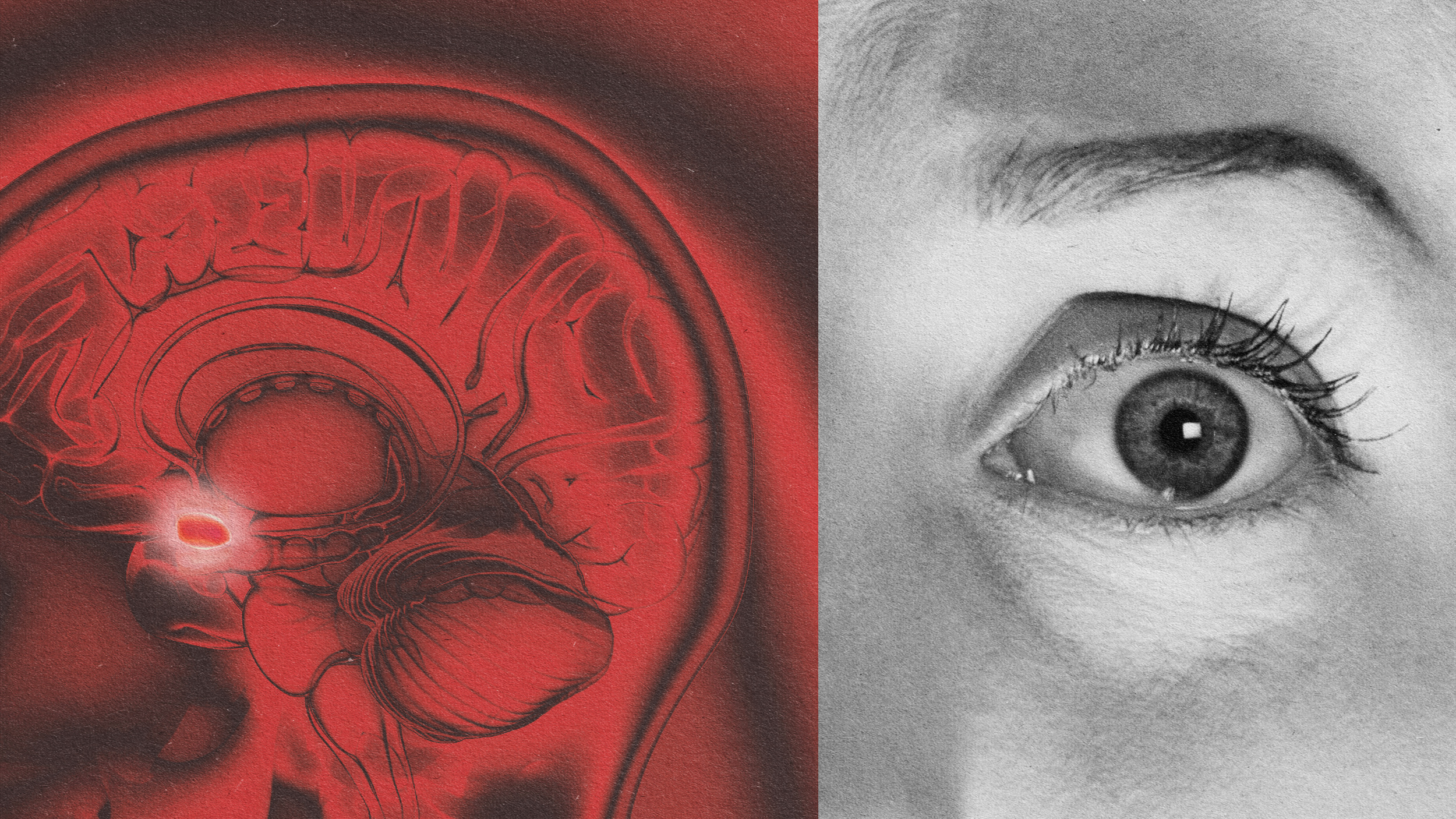- Have you ever wondered what happens to the traumatized brain when a soldier comes back from war? Often what’s seen is that with each deployment, the frontal lobe becomes slower. This means that veterans cannot pay attention to what is in front of them, making it hard to engage in day-to-day life. Yet when a soldier has exposure to frightening events, such as a loud and sudden sound, their frontal lobe comes online. At the end of the day, when someone is traumatized and not experiencing danger, the brain doesn’t function. But when the same person senses danger, the brain has been wired to act as a specialist in dealing with danger.
- This is where modern technology, such as quantitative EEGs, comes into play. An EEG is essentially a brain mapping system that can show you the active wiring of the brain. When someone is getting an EEG, this technology will measure the brainwaves at the back of their brain – the section of the brain that is set to expect danger.
- If the EEG picks up fast brain waves that resemble trauma, what we can do is rewire the brain. Whenever a traumatized person makes quiet, relaxed, and calm waves in their brain, they’ll get a reward. With this technology, we now can shape the brain to have a different configuration and different wiring, so it’s no longer set to expect danger, but it’s set to be open to new experiences. This is called Neural feedback.
BESSEL VAN DER KOLK: I want to explain something to you as if you were smart?
NARRATOR: Yes.
VAN DER KOLK: I like that.
I have a very close friend in Australia who's in charge of measuring what happens to Australian soldiers before and after going to Afghanistan or Iraq. What they see is that with every deployment, the frontal lobe becomes slower. And that means that when your frontal lobe becomes slow, you cannot pay attention and you cannot engage. But when they exposure to a very terrible, frightening situation, your frontal lobes comes online. So what we show is that when you're traumatized, when you're not in danger, your brain doesn't function. But when you're in danger, your brain has been changed so that you are a specialist in dealing with danger, but you're no longer a specialist in dealing with spring in western Massachusets. And it passes you by.
Let's talk about quantitative EEGs, which are fairly easy brain maps, much cheaper than FMRIs, where I can show you what the wiring of the brain looks like. When you close your eyes, you're supposed to feel relaxed and calm, and it can measure that in the brainwaves at the back of your brain. You ask traumatized people to close their eyes, they develop a lot of high-intensity waves in the back of their brain as if their brain is saying, "If I close my eyes, I'm in danger. I need to look around all the time" to make sure that nobody's going to hurt me." That is driven by this brain that is set to expect danger. And when you see these brain maps of people, they are extremely abnormal. And you can can say, "Oh, no wonder they have so much trouble with their temper. Oh, no wonder they have so much trouble with eating. No wonder they have so much trouble with forming relationships." And we can focus on these things, and we can actually repair these circuits.
Now, but we can do is to actually wire up your brain, so whenever you make quiet waves in your brain, you get a little reward. You hear some sounds and you see some images that you like. So we can shape your brain to actually have a different configuration and a different wiring, so it's no longer set to expect danger, but it's actually set to be open to new experiences. Neural feedback needs a lot more work because it's never been supported by federal funding. How long does it take? What's the best method to rewire these brains? Because I wouldn't give little abused kids in the foster care system psychedelics, you can be sure of that, but it would give them neural feedback, so they can go to school and not be labeled as a pain in the neck kid, and they're able to have friends and they're able to learn. To my mind that's actually my biggest dream.
Is that smart enough?







